The Interactive Advertising Bureau (IAB) commissioned market research company, Ipsos to assess the advertising industry's preparedness for the loss of third-party cookies and the findings are alarming. In a nutshell, the findings reveal a disconnect between the level of preparedness by the industry for the loss of third-party cookies and identifiers, and the understanding of the ramifications this poses to addressability.
Upon surveying more than 200 data decision-makers across brands, agencies, publishers, ad tech and data companies, the report illustrates the critical need for education, alignment, and innovation across disciplines, from top to bottom, to find alternative ways to measure ROI and create a better, safer experience for consumers and brands alike.
The findings are divided into four key sections. Let's dive deeper to understand them.
Assessing Preparedness
There is reason to believe based on the findings that many in the industry have yet to realize or understand the real impact of the cookie apocalypse. In fact, most data leaders think their company’s revenue and equity/resources will not be impacted by the demise of third-party cookies and identifiers. But that's definitely not the case. Data leaders do not yet realize that the loss of third-party cookies and identifiers could limit audience reach (scale) and precision (targeting). For brands, this loss in scale means revenue would go down or ROAS will not be realized as they are unable to target or reach customers.
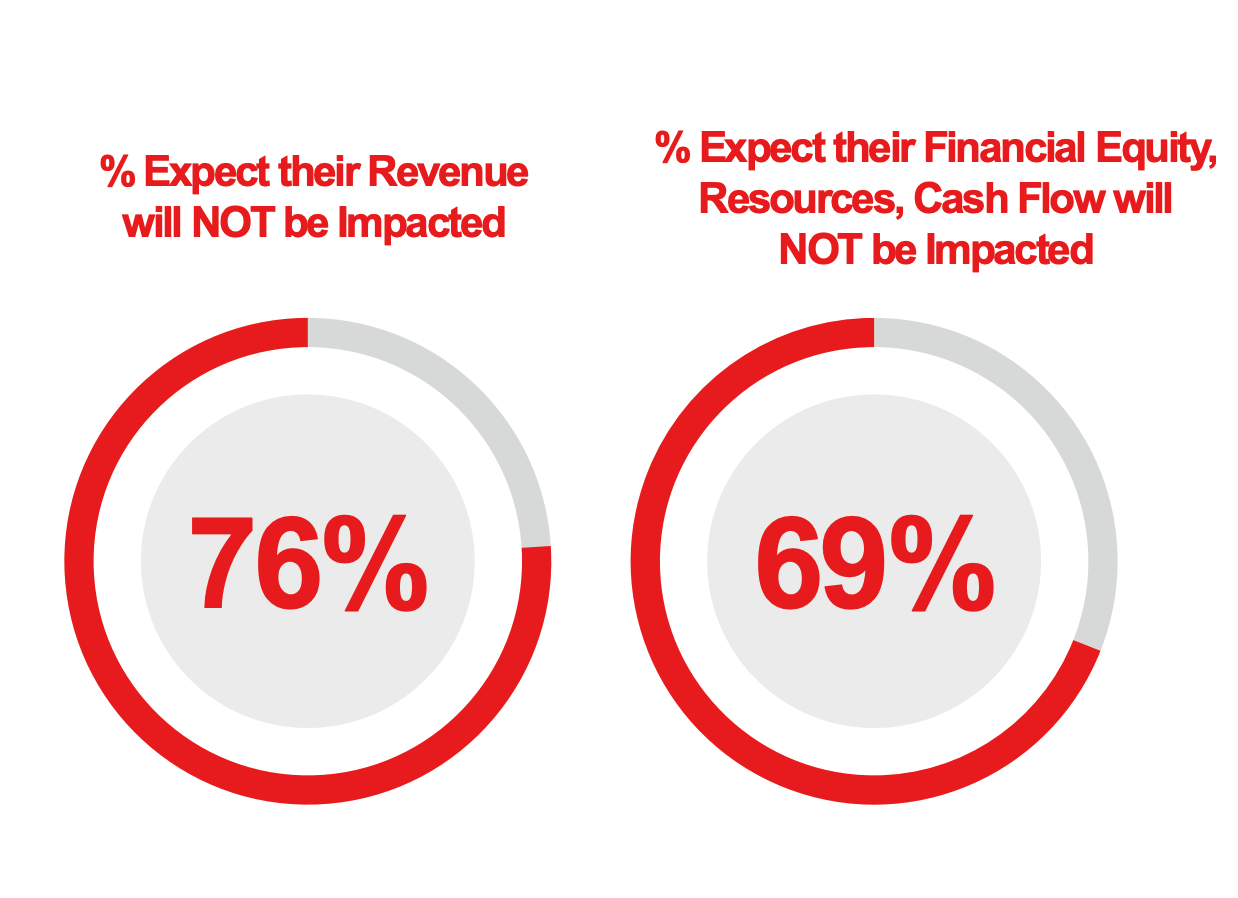
There's also a sense of delusion in the atmosphere as to how prepared the industry is for the coming demise. Many ad-tech and data companies report being the most prepared for the shift in ad tracking but their preparedness is not justfied in thier concerns. 40% of these data leaders are only concerned with limitations regarding targeting and ad campaign measurement.
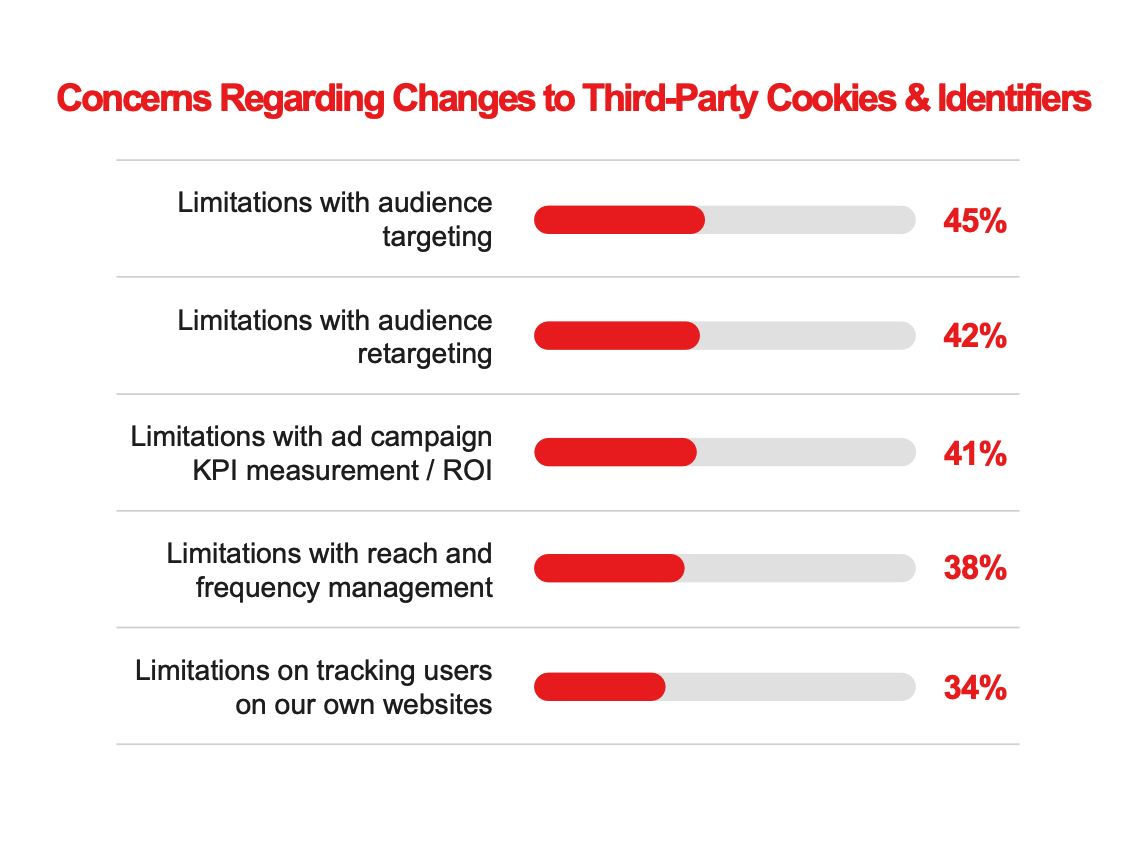
According to the study, one reason for these concerns could be that agencies and brands plan to allocate their spending on channels that will allow them to correlate and optimize for attribution i.e., walled gardens and large publishers with first-party data. This will heavily impact publishers who are reliant on ad sales as their prime revenue stream.
Has the industry realized the potential of First Party data?
Right now, there continues to be too much reliance on third-party data. Last year, spending on third-party audience data increased 3.3% to $12.3B YoY. Slightly more than half of data users are currently collecting basic first-party data, while less than half of these users are collecting sophisticated media, shopping and behavioral first-party data. To put it simply, the industry is sitting on a gold mine of data that can help them to better connect with their consumers and audiences.
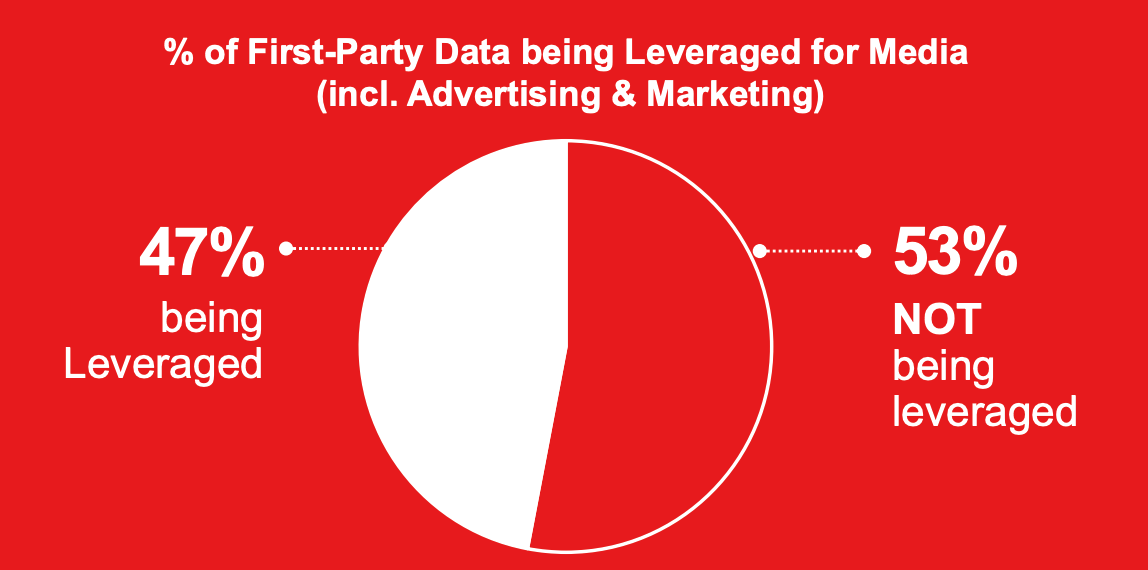
Is the Industry Collaborating on this issue?
The study assesses the preparedness of the industry by looking at how often data leaders at brands and publishers are working with internal legal/compliance departments and ID resolution experts to figure out solutions. The frequency of their collaboration indicates their level of preparedness.
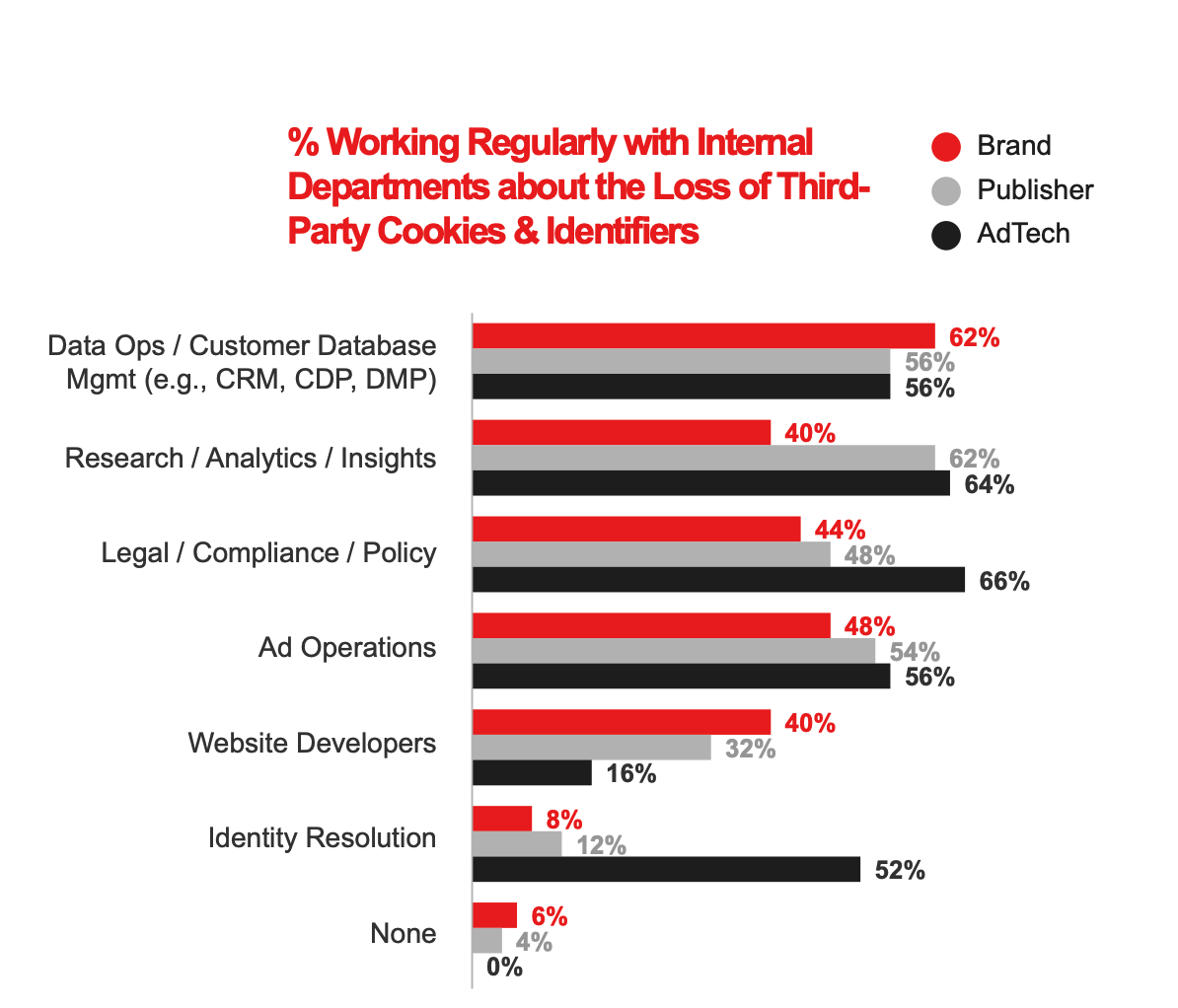
Brands, publishers, and ad tech companies are working most consistently with agencies and data providers on third-party cookie/ID solutions. Without greater collaboration, the industry will not be able to build the interoperable standards needed in the post third-party cookie/ID world. The alternative is a fragmented walled garden.
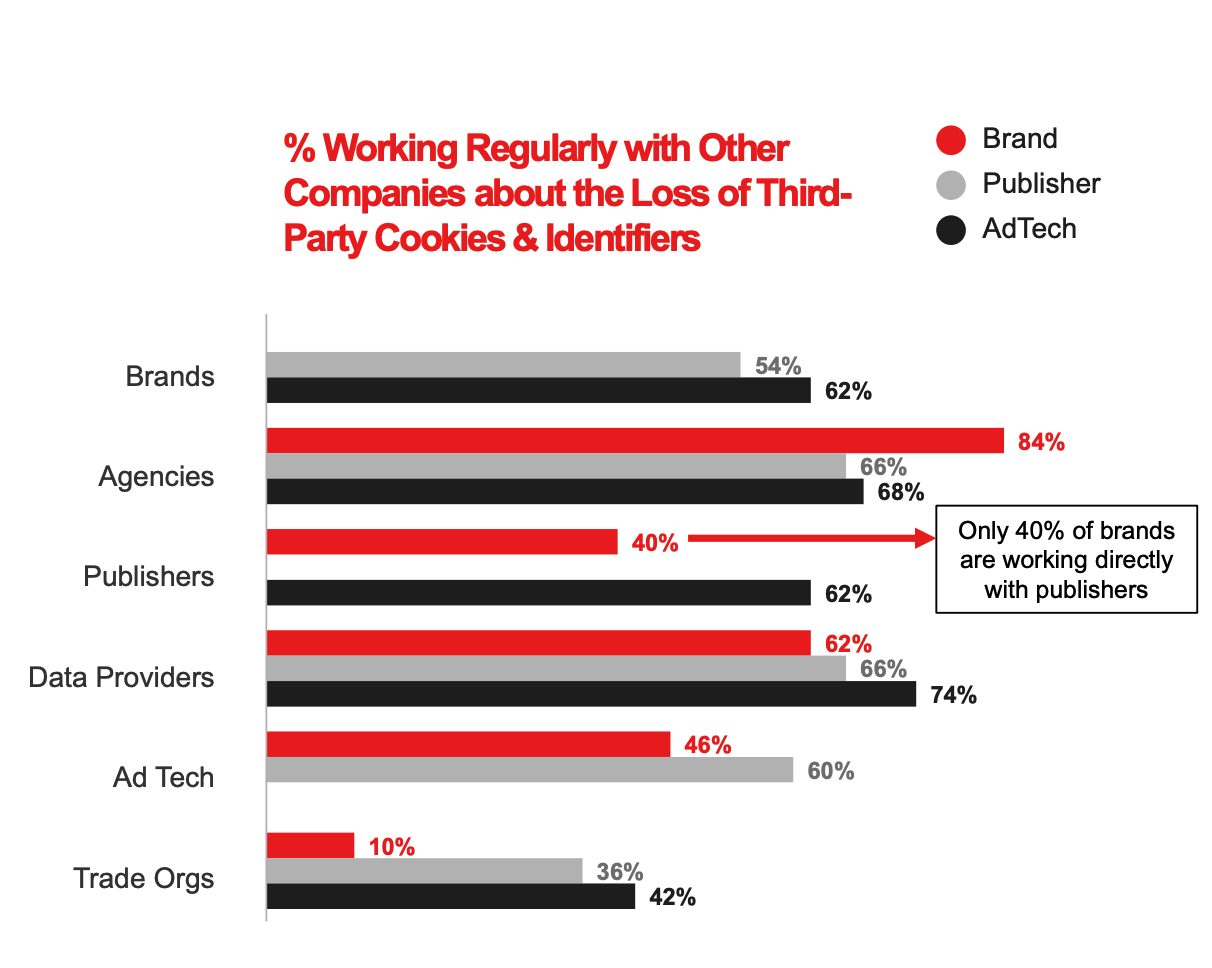
What IAB Recommends
- Build a value-based relationship respectful of consumer preferences on the collection and use of rich, secure data.
- Get involved in defining standards and adopting them.
- Leverage third-party cookie/ID-less, privacy-first addressability solutions to understand, measure and monetize audiences.
- Collaborate with experts within your company and across the industry to implement privacy-first addressability solutions.






